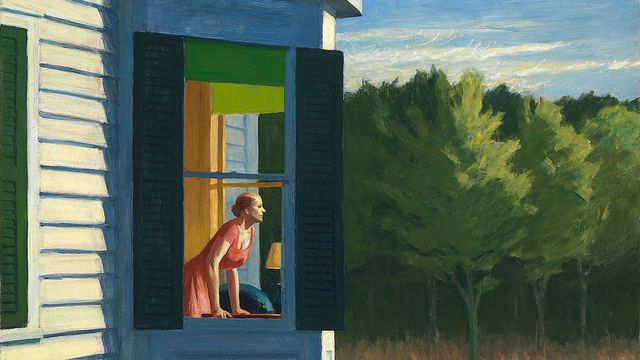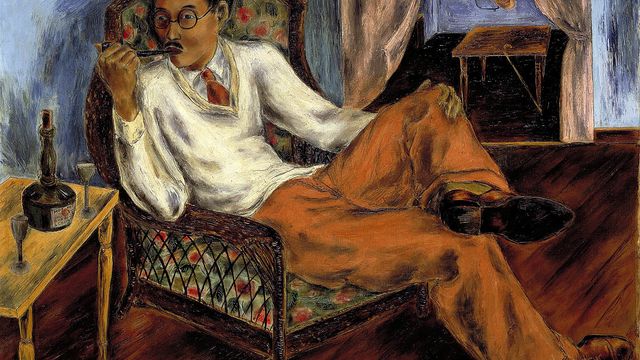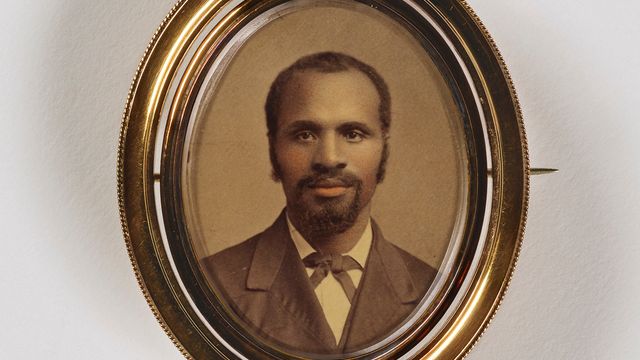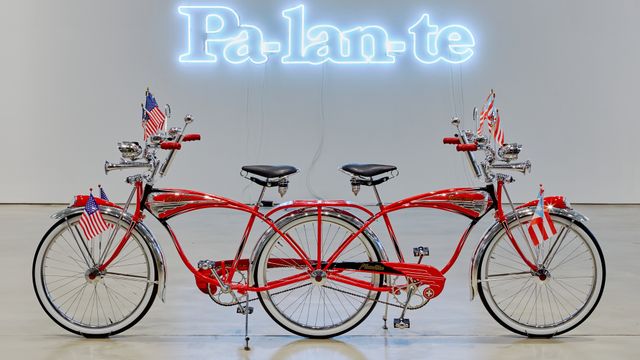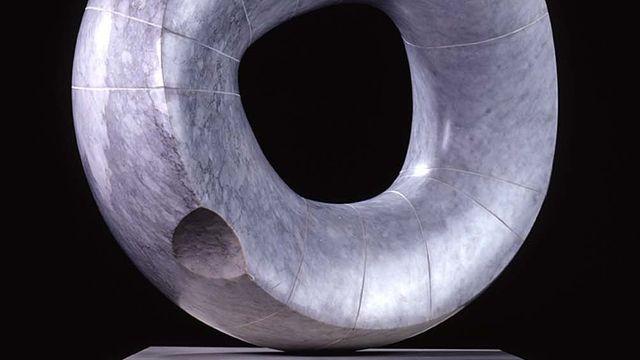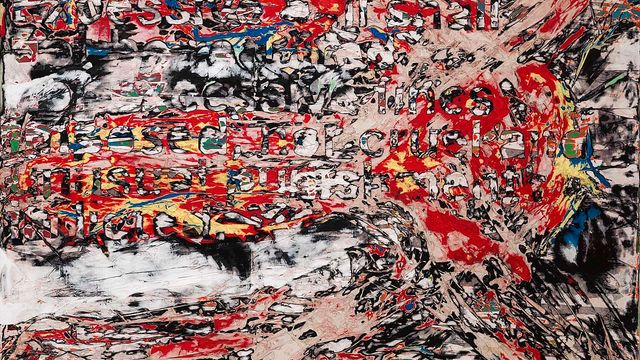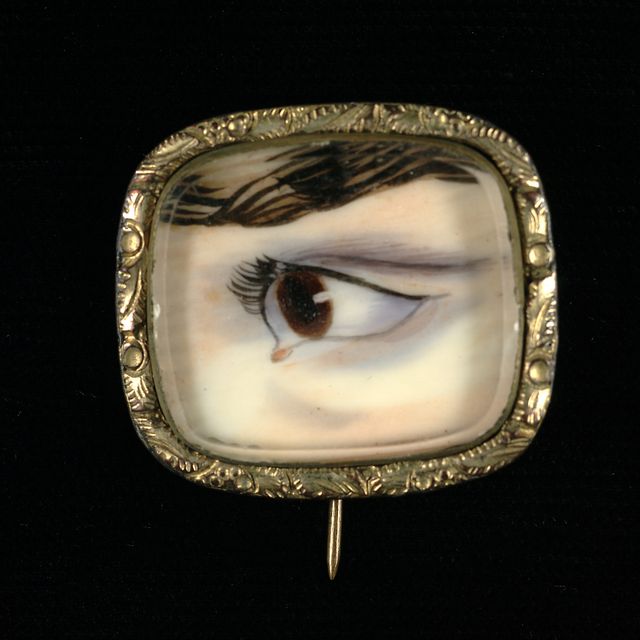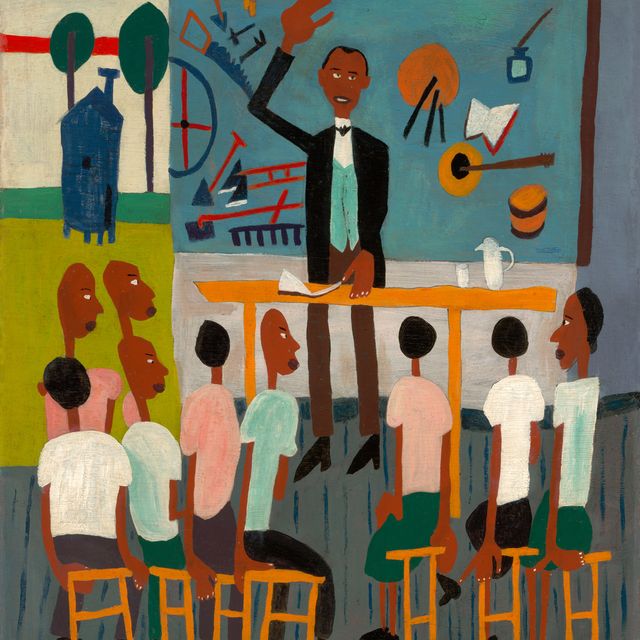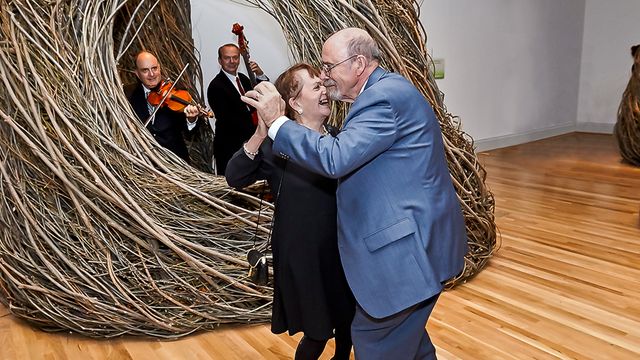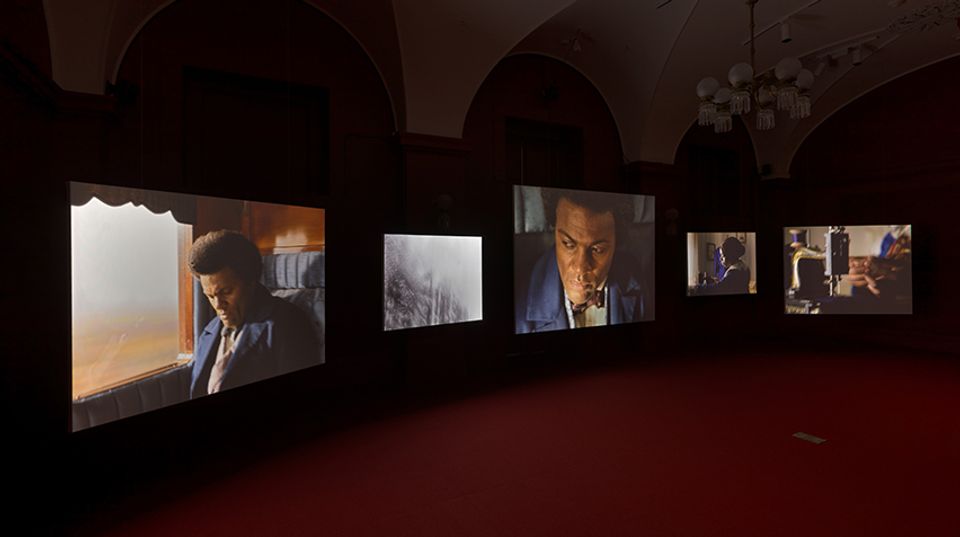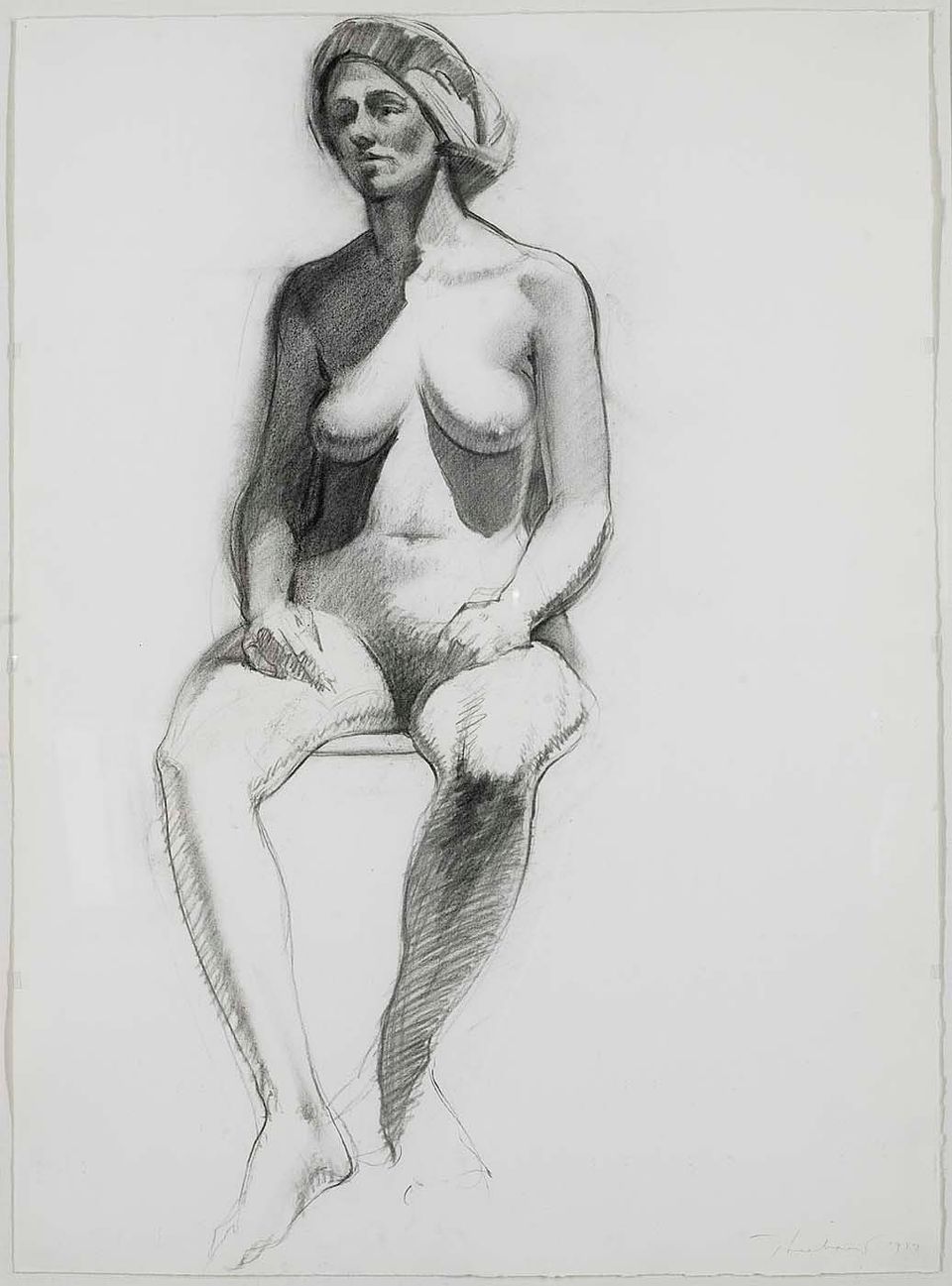
Tyler Green writes about an off-key Wayne Thiebaud given to the Smithsonian American Art Museum last year as part of a bequest by Arthur and Edith Levin. It's a 1957 painting of an electric chair, which places Thiebaud on the capital punishment beat several years before Andy Warhol stepped his Sing Sing photograph into production in the early 1960s for his iconic electric chair series. Warhol used the chair at various points (and in various combinations with his other icons) for years; the earliest of these prints was made in 1961–62.
Warhol illustrated with the electric chair as he did with any number of sources (Marilyn, Mao, et al.), deploying this icon as yet another in his American pastiche. But Thiebaud's chair is an expressionist departure from his norm, which was deadpan Pop Art. (Only a few short years after this painting, he began to focus on the pastry paintings that would dominate his mature period.)
What (or who) put Thiebaud, living on the West coast, in mind of the electric chair in 1957? Though capital punishment was practiced in the state of California at the time, the gas chamber was the only method used (lethal injection was introduced in 1992). The 1957 execution of Burton Abbott, who was convicted in Alameda, California, sparked enormous controversy when a late-breaking reprieve from the governor failed to reach the prison in time to stall Abbott's death. The case eventually attracted the attention of Albert Camus. But again, Abbott's was an execution by gas, not by electrocution. Perhaps the research or journals exist that prove a causal claim, but I'll hazard a couple of obvious guesses as to why Thiebaud picked up on the chair: first, the Rosenbergs, whose execution four years earlier ignited a discussion that touched every corner of the nation, especially among activist and academic populations, groups Thiebaud would have likely encountered as he sought advanced education at the time in California. Second, the chair is simply a readier iconic image than the others.



